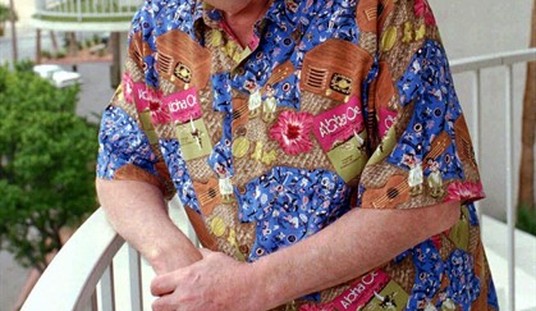If parents had to rate the top three most annoying things that their kids bring home or that other people gift their children, they would easily be: noisy, battery-operated toys, toys will a million tiny pieces, and glitter. Luckily for parents everywhere, the existence of glitter might be coming to an end.
It turns out that glitter — both the kind we use for craft projects and the kind that you can find in cosmetics — is made of microplastics. Why should that matter? It can easily get into the ocean because it is too tiny to be filtered out by wastewater treatment centers.
In the short term, these tiny plastics are a problem for marine life because small fish consume them. But in the long run, that’s a huge problem for us humans. Think about the food chain: tiny fish eat lots of tiny plastic, bigger fish eat those tiny fish, and then your tuna salad sandwich consists of a hefty amount of plastic waste. Yuck.
According to Scary Mommy, in 2015, “the United States enacted The Microbead-Free Waters Act of 2015. This prohibits the manufacturing, packaging, and distribution of rinse-off cosmetics containing plastic microbeads.” You are probably already familiar with those microbeads — they were routinely found in body washes and face scrubs intended to slough off dead skin. Unfortunately, though, glitter is not held to the same standard, despite the fact that it also harms marine life. As such, scientists are looking to ban the shiny substance in the hopes of improving the quality of our oceans — and our health.
So what does that mean? You can either rejoice that you won’t find shiny bits of glitter on your furniture, in your rugs, and on your clothes anymore, or, if you’re some sort of masochist, you can opt for the eco-friendly versions of the stuff for all those craft projects you have lined up.
Either way, while the ban is yet to be implemented, think twice before buying glitter and consider where it will end up long after that art project has been thrown away.









Join the conversation as a VIP Member